Recently, a client asked a seemingly simple and straightforward question, “What types of gamification can you make?” When asking an experienced learning designer with an Expert Level Gamification Design certification, you would think that this would be an easy question to answer. However, it’s not. Not because the question is difficult to answer, but because the client is actually asking a different question, but just doesn’t know how to ask it – and it’s that other question that needs to be answered.
What’s the Answer?
To answer the question as stated, there are two types of gamification that can be developed for eLearning courses: Complete and Partial. In Complete Gamification, the entire learning experience incorporates multiple gamification mechanics that are infused and baked in such as choice, player types, levels, scoring, and surprise/delight. The design is incorporated throughout the experience to support learning and keep users engaged. For example, in a sales training course, a branching scenario and how to interact with a client can include the following gamification mechanics:
- Choice: to decide how to progress at various points in the scenario
- Scoring: to earn points based on decisions at key sections
- Surprise/Delight: to encounter fun, hidden Easter Eggs (tiny animations that are inconsequential – such as a potted plant that blooms when you mouse over it)
In Partial Gamification, specific sections of a learning experience (i.e., introduction, review, practice, or application) incorporate gamification mechanics. The majority of the course content can be created in other formats (i.e., traditional eLearning, MicroLearning, story-based, or video), which are then punctuated by engaging, standalone gamified experiences. For example, an online sales training course might already have four sections in it and the client does not want to re-create everything, but just wants to add a little gamification to make the course as a whole more engaging. In this case, a fifth module could be added that has a brief game in which learners practice and apply the skills they just learned.
But What’s the Real Question?
However, most clients are not asking if all or some of their content should be gamified. Typically, what they are really asking is “What Gamification examples do you have?” This question addresses understanding various examples of gamification, as opposed to its categories. In other words, clients want to know what their content would look like if it was gamified- whether it’s onboarding, compliance, or a new product/policy. For example, in an onboarding course, instead of reviewing a map of the corporate campus, a gamified experience would make new employees go on a Virtual Scavenger Hunt. They would learn about their new work environment in a fun and stress-free manner as they find objects, locations, and key personnel in an online game. Or, in a compliance course, rather than employees reviewing documents, employees could play versions of Classic Games. They could build background content knowledge by playing classic games such as Family Feud that incorporate points, levels, and achievement. Classic games encourage repeat play, focus and attention, and mastery of the content.
Once clients understand the examples, then they can move on to that first question of theirs and explore if they want to gamify some or all of their content. Obviously, complete gamification is a more involved process, not only in cost and time to develop but also in working with the client to develop the experience. It is the role of the learning designer to facilitate this process with the client to make sure that the right questions are being asked and addressed.
